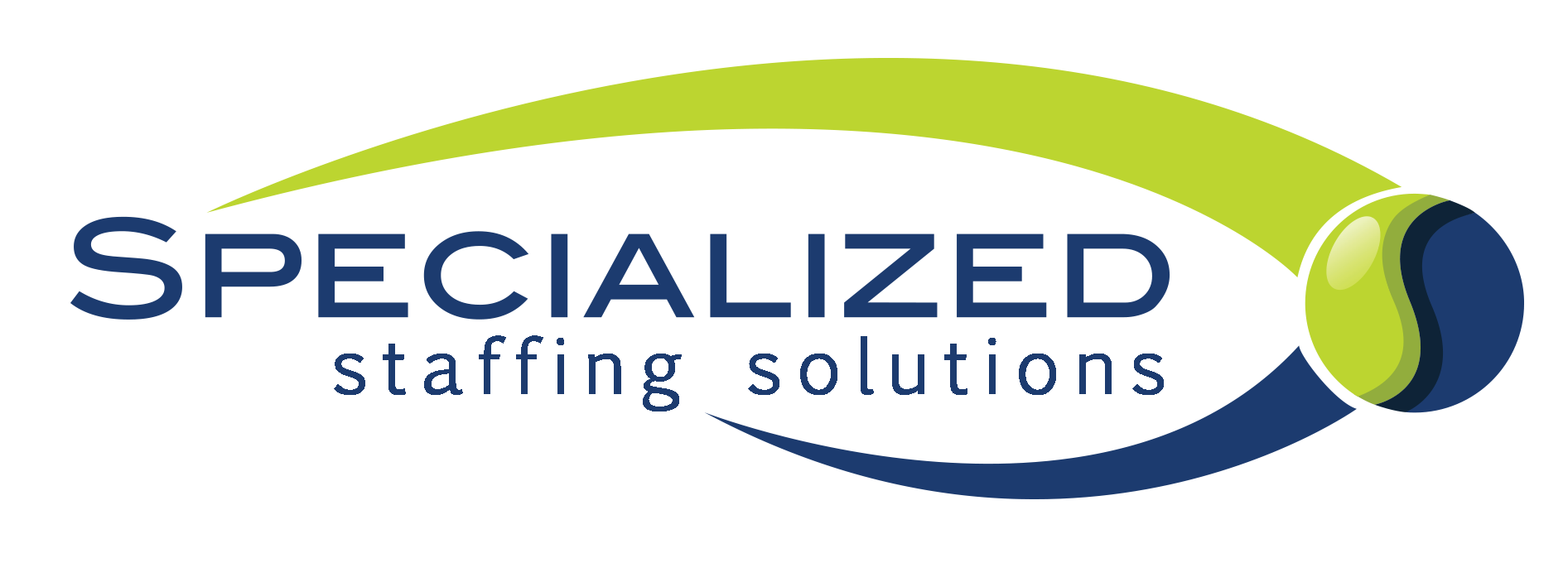
For many businesses, staffing is treated as a transactional function: post a job, review a stack of résumés, hire someone who meets the minimum requirements, and hope they stick. But as workforces become more complex and labor markets more competitive, this surface-level approach is showing its limitations.
Staffing should be a strategic function, not a reactive one. It should support business objectives, not just vacancies. And it should drive continuous improvement—not repeat the same mistakes.
The Limitations of Résumé-Based Hiring
Résumés tell you where someone has worked—but not how they worked, whether they’re coachable, how they’ll align with your culture, or if they’re likely to stay. And in high-turnover environments, hiring solely based on résumé content often leads to:
- Short-term fixes that don’t address root causes of attrition
- Lack of cultural alignment, resulting in disengagement
- Inefficient onboarding, with unclear expectations or mismatched skills
SHRM best practices emphasize structured interviewing, behavioral screening, and clear competency models to go beyond the résumé and assess the full picture of a candidate. Meanwhile, LEAN methodology encourages continuous feedback and process mapping to eliminate inefficiencies and improve hiring outcomes.
The Value of a Strategic Staffing Approach
Strategic staffing means designing a hiring process that is intentional, data-informed, and aligned with your business goals. Whether you’re scaling a team, launching a new product line, or experiencing turnover, staffing can either be a pain point—or a competitive advantage.
Here’s what strategic staffing includes:
- Understanding your environment: What makes someone successful in your setting? What soft skills matter most?
- Customizing the process: Structured interview guides, job previews, onboarding content, and screening questions aligned to your unique roles.
- Tracking what matters: Time-to-fill and headcount matter, but so do stay interview data, quality-of-hire, and internal feedback loops.
- Improving over time: Strategic staffing includes regular check-ins, hiring data analysis, and adjustments to better serve evolving needs.
It’s a system—not just a list of openings to be filled.
What That Looks Like in Practice
At Specialized Staffing Solutions, we help our clients integrate SHRM-aligned frameworks and LEAN practices into their hiring systems. This includes:
- Building realistic job previews to set clear expectations
- Implementing structured behavioral interviews by position
- Creating feedback loops from associates and hiring managers
- Partnering on process changes that improve onboarding, retention, and team dynamics
This kind of staffing doesn’t happen overnight—but it works. It reduces waste, improves outcomes, and builds stronger teams.
Staffing isn’t about resumes—it’s about relationships, results, and repeatable systems that support your long-term goals.
